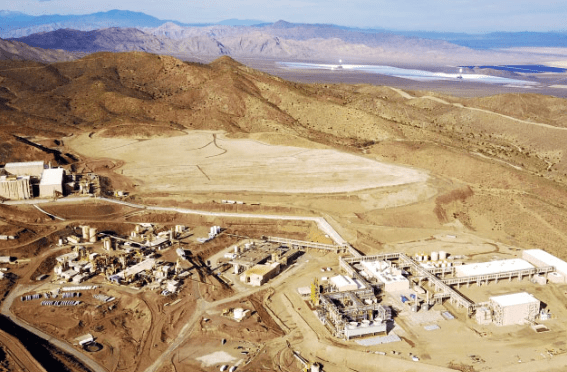China accounted for about 79% of the world’s rare earth oxide production in 2020, according to British consultancy CRU.
For its part, the company MP Materials estimates that an even larger percentage of the supply chain for NdPr magnets is based in China.
Overall, Rare Earth Elements (REEs) are critical building blocks of the modern economy, impacting trillions of dollars in global GDP through enabling end-products in all industries including transportation, clean energy, robotics, national defense and consumer electronics, among others.
Neodymium (Nd) and Praseodymium (Pr) are rare earth elements that in combination form Neodymium-Praseodymium (NdPr), which represents MP Materials’ main revenue opportunity.
NdPr is most often used in NdPr magnets, which are also commonly referred to as «neo», «NdFeB», «NIB» or permanent magnets and are predominantly made from an alloy of NdPr, iron and boron.
NdPr magnets are the most widely used type of rare earth magnets and are critical to many advanced technologies that are experiencing strong growth, including electric vehicles, drones, defense systems, medical equipment, wind turbines, robotics, and many others.
Rare earths
MP Materials sees companies increasingly prioritizing diversification and security of their global supply chains to reduce dependence on a single producer or region for critical supplies.
This trend also has implications for national security, illustrated by recent US presidential directives that seek the transfer of production in industries deemed critical, including rare earth minerals.
For example, on February 24, 2021, President Joe Biden signed an executive order requiring the United States government to review supply chains for critical minerals and other identified strategic materials, including rare earth elements, in an effort to ensure that the United States does not depend on other countries, such as China.
This executive order calls for a review of a broader set of US supply chains covering the defense, healthcare, information technology, energy, transportation and agriculture sectors.
![]()

